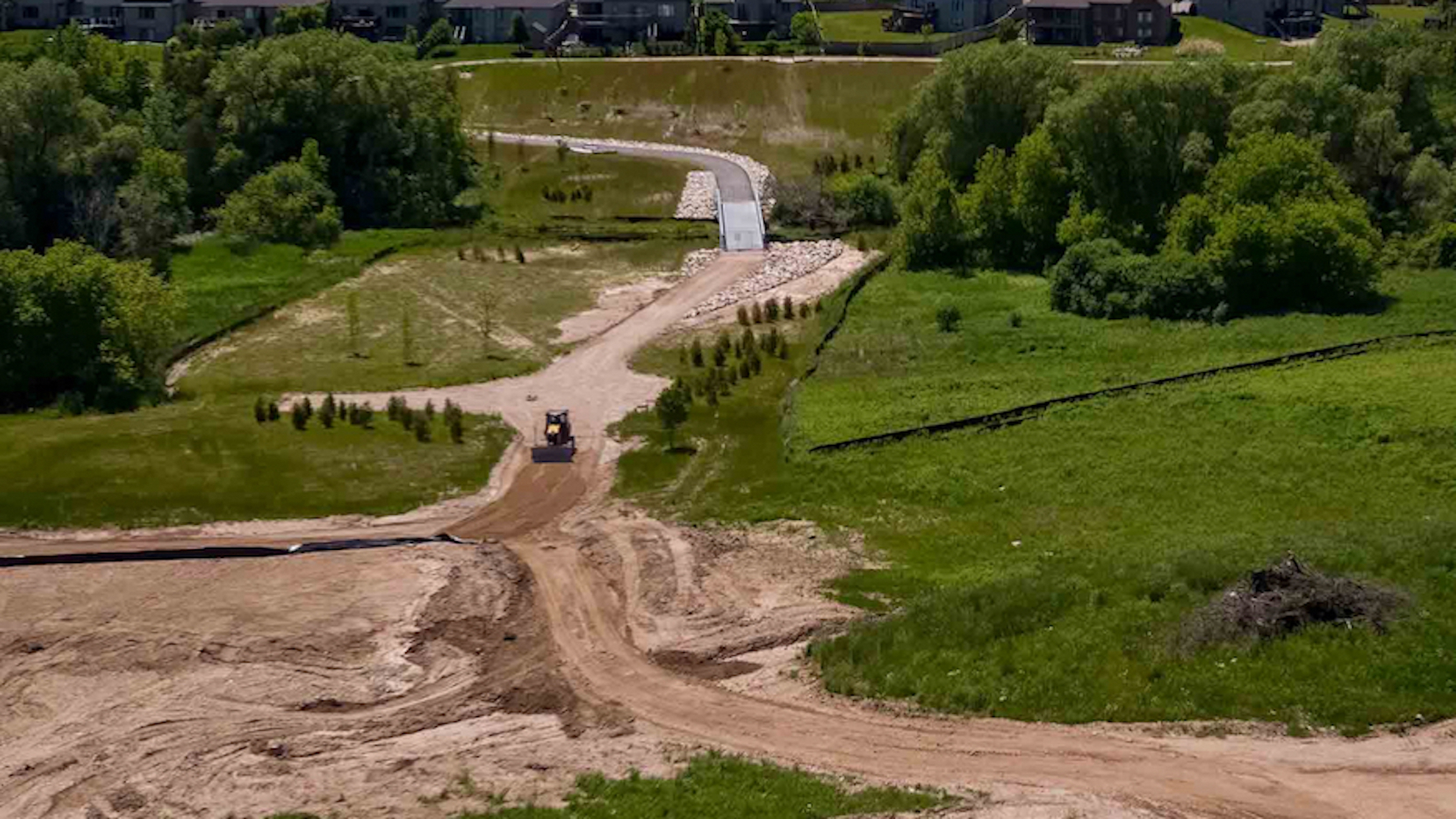Welcome to the first of is hoped to be a collection of articles meant to help the general public obtain a better understanding of the strange world of the land surveyor. To be fair, we are a curious lot and one can’t be blamed for believing we are part of some sort of secret society. In fact, we are part of a secret society, but that is more of an accident than a carefully guarded secret. And it is time the secret got out.
Let’s begin with the title, “Metes and Bounds”.
You may have heard this phrase before, and if you are in the real estate profession, it likely makes your head hurt. In my experience, the word “mete” is usually found in old novels where some poor child is on the receiving end of some form of punishment being meted out. But the old English word means “measure”, so in this example, the punishment would be meted out in proportion to the infraction.
For me, the word “bounds” always brings up images of a deer, bounding through a meadow of tall grass. Or “Tigger” from Winnie the Pooh. But he was more of a bouncer than a bounder. For surveyors though, bounds refer to the limits of a “parcel” (more on that later too, but for now you can substitute your favourite word for your property, like “lot”).
So there you have it. Metes and Bounds is all about the measurement of your property boundaries. It forms the bulk of the portion of a deed called the legal description. And hidden in that term is the first curveball in the world of land surveying. Deeds try very hard to describe the extents of the property you purchased. But they do not define it, and surprisingly frequently, they don’t describe it nearly as well as you would think.
Note to Readers:
I have a significant list of topics to go through, but if there is something you would like addressed, feel free to connect with us on Twitter to let us know – @VanHartenSurvey.


